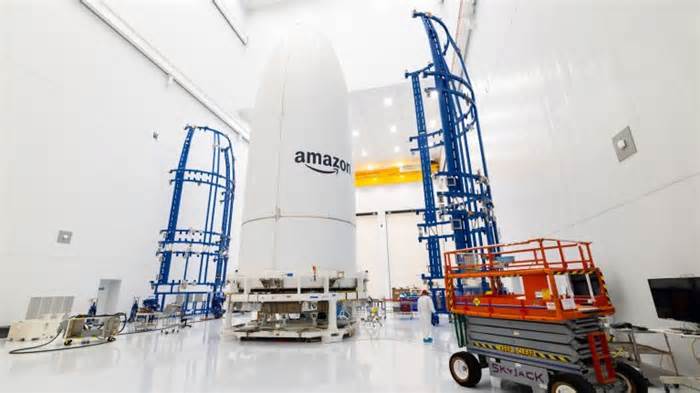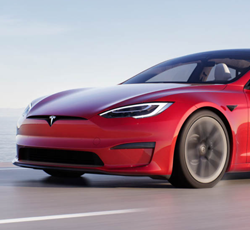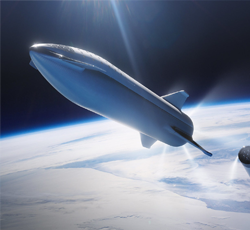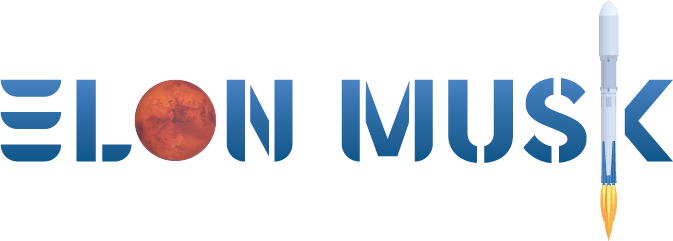
Amazon launches second group of Kuiper satellites into ‘intended orbit’
- by The American Bazaar
- Jun 24, 2025
- 0 Comments
- 0 Likes Flag 0 Of 5

Email
Amazon is not slowing down in trying to give Starlink a run for its money. Atlas 5, the longest-serving active rocket in the U.S., launched a second group of satellites for Amazon’s Project Kuiper broadband constellation on Monday.
The Atlas 5 lifted off from Space Launch Complex 41 at Cape Canaveral Space Force Station at 6:54 a.m. Eastern. This was the second attempt to launch the vehicle after the initial attempt June 16 was scrubbed because of an issue with the booster that required the vehicle to be rolled back from the pad for repairs. READ: Elon Musk’s SpaceX eyes $350 billion valuation, could surpass ByteDance (December 3, 2024)
United Launch Alliance (ULA) said in a statement a little more than an hour after liftoff that it deployed the Kuiper satellites on board “into the intended orbit,” which it did not disclose. Amazon, in its own statement, said the 27 satellites were placed into orbits at altitudes of 450 kilometers, and after initial checkouts will move to operational orbits at 630 kilometers altitude.
This first operational deployment moves Kuiper from testing to real-world capability, showing Amazon’s commitment to expanding internet access, especially in rural and underserved regions. The launch demonstrates that Kuiper is on track to meet FCC deadlines and begin offering service soon, giving Amazon a foothold in the competitive satellite internet market.
Amazon’s Project Kuiper is a large-scale satellite internet initiative aimed at providing high-speed broadband to underserved and remote areas around the world. The project plans to deploy a constellation of over 3,200 low-Earth orbit (LEO) satellites, with a $10 billion investment behind it.
After successfully testing two prototype satellites in 2023, Amazon launched its first operational batch of 27 satellites in April 2025, followed by another in June. These satellites are already communicating with ground systems, and the company plans to begin offering Kuiper services by late 2025. Amazon is integrating Kuiper with its AWS cloud infrastructure and aims to provide affordable user terminals, expected to cost under $400.
To meet regulatory requirements from the FCC, Amazon must deploy at least half of the constellation—1,618 satellites—by July 2026. The company has secured over 80 launch contracts with providers including United Launch Alliance, Blue Origin, Arianespace, and SpaceX.
Kuiper satellites are equipped with optical inter-satellite laser links and onboard propulsion for collision avoidance and deorbiting, ensuring sustainability. Positioned as a direct competitor to SpaceX’s Starlink, Kuiper aims to leverage Amazon’s global logistics, cloud computing power, and retail infrastructure to serve potentially hundreds of millions of users and help close the global digital divide.
Please first to comment
Related Post
Stay Connected
Tweets by elonmuskTo get the latest tweets please make sure you are logged in on X on this browser.






 Energy
Energy

















